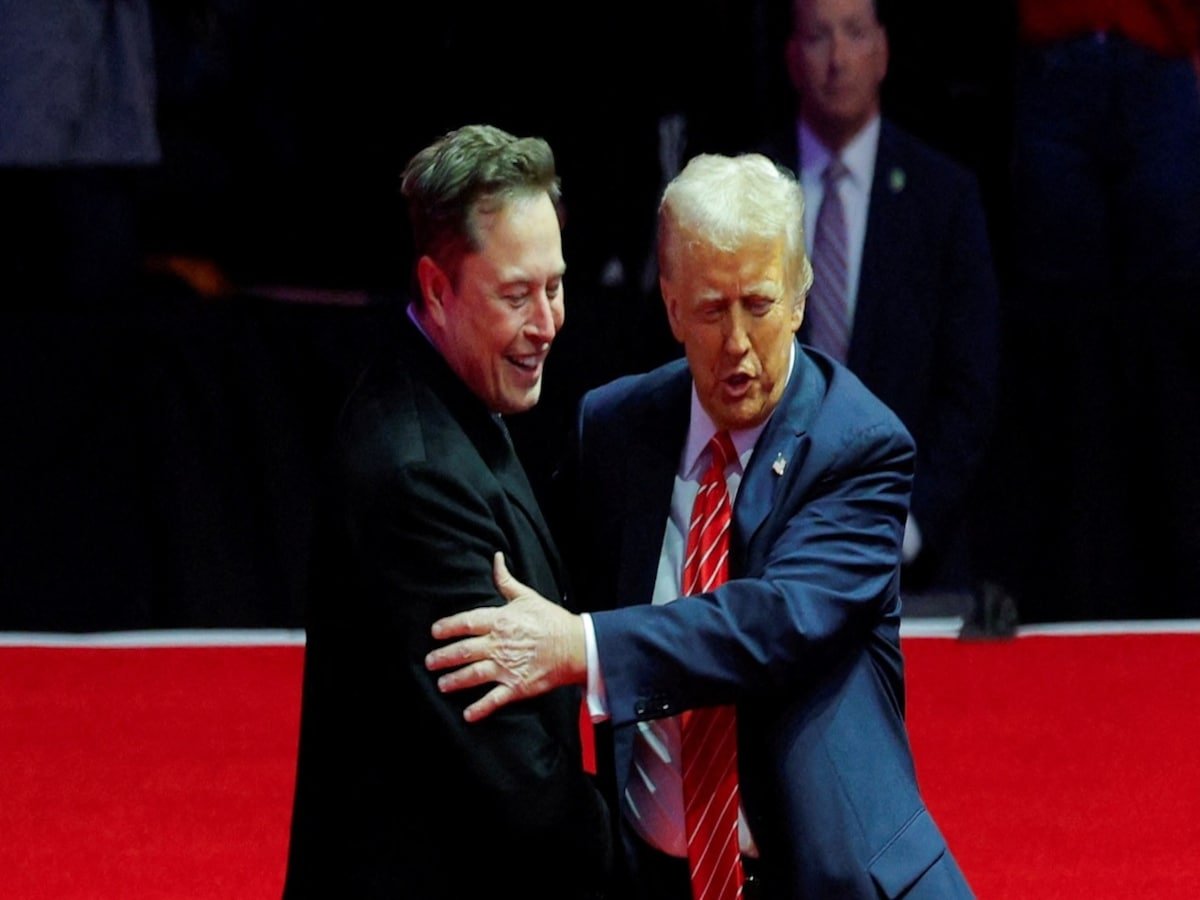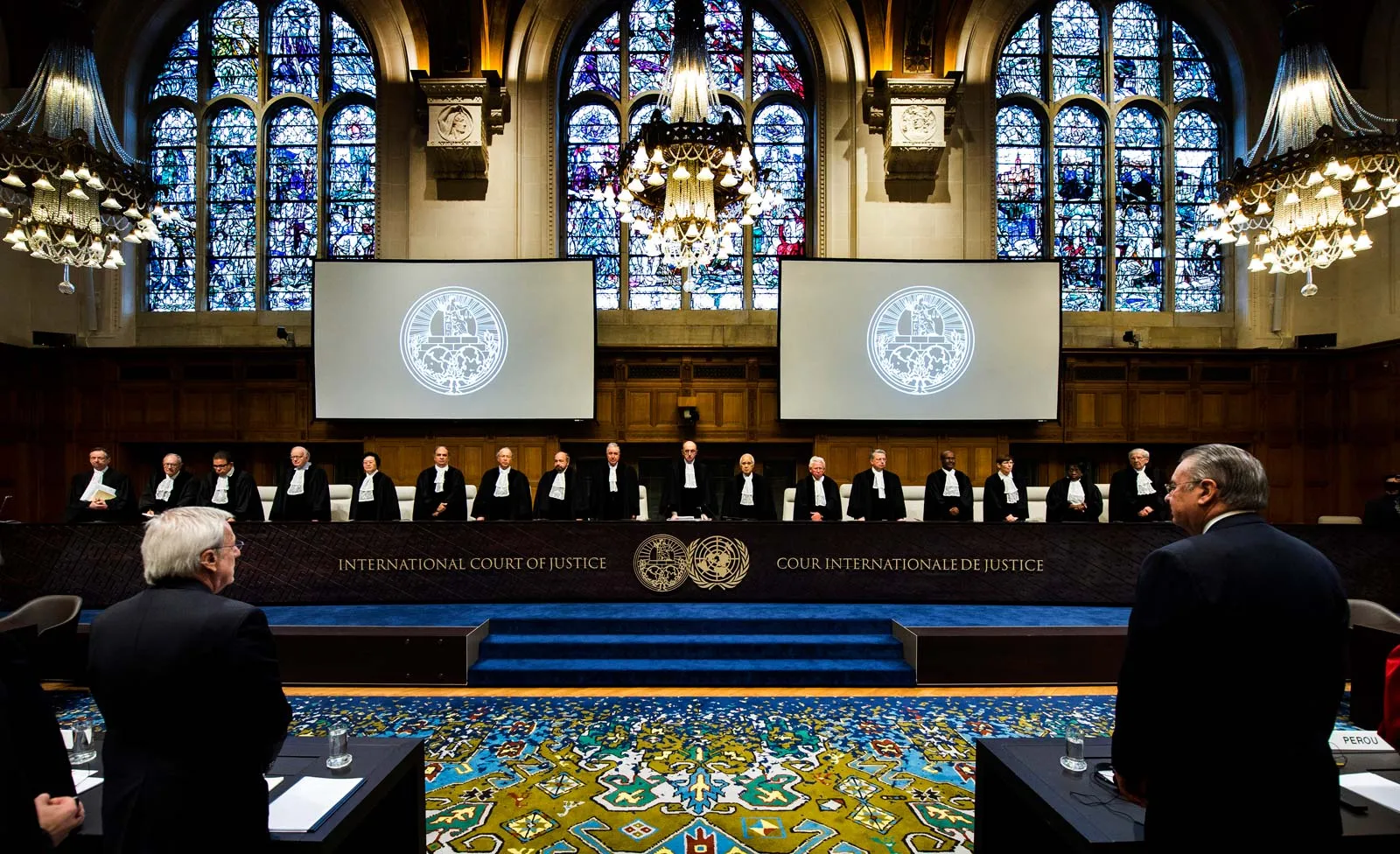The US White House has recently underlined its military commitment to the Pacific in a meeting with Japanese leaders, however, this has resulted in a heated debate within one of the country’s most famous military forces, the US Marine Corps. A plan for the Marines’ reinvention for a potential conflict against China, referred to as “Force Design 2030,” has sparked criticism from its former senior commanders, who have taken the unusual step of going public with their frustrations.
Retired senior officers have come together and created their own alternative plan, as they believe the current design is insufficiently tested and flawed, raising serious questions about the wisdom and long-term risk of the reductions in force structure, weapons systems, and manpower levels. One such critic is former US Navy Secretary and Senator, Jim Webb, who has described Force Design 2030 as “insufficiently tested” and “intrinsically flawed.”
The current plan, launched in 2020 by Marine Corps Commandant, General David H Berger, is designed to equip the Marines for a potential conflict with China in the Indo-Pacific region, as opposed to counter-insurgency wars like Iraq and Afghanistan. The new plan envisions the Marines fighting dispersed operations across chains of islands with smaller, more spread out units that pack a bigger punch through new weapons systems. This has led to some criticism, particularly the proposal to cut back on foot soldiers and give up all its tanks, which has made some feel the Corps is turning its back on its past.
The Marines’ traditional role as America’s military first responder, capable of handling disparate challenges around the world, is what some believe could be compromised by the new plan, which has a clear focus on China and the Indo-Pacific. The plan includes the cutting of some infantry battalions, the replacement of around three-quarters of its towed artillery batteries with long-range rocket systems, the cutting of several helicopter squadrons, and giving up all of its tanks. The new weapons systems, totaling $15.8 billion, will be funded by the cuts, which amount to $18.2 billion.
The new weapons systems include new anti-shipping missiles that can be fired from land, new unmanned aerial systems, and new rocket artillery systems. The primary objective of Force Design 2030 is what the Marines’ Commandant refers to as “distributed operations,” breaking up large forces into smaller units but ensuring they have enough military power to make a difference. The principles of this design are already being put into practice in Okinawa, Japan, near Taiwan, where the Marines stationed there will undergo a shake-up.
Mike O’Hanlon, a military specialist and director of foreign policy at the Brookings Institution in Washington DC, argues that the new focus on China might not impair Marine operations elsewhere. He believes the Marines will go where they are ordered and the new strategy probably won’t impact operations as much as some think. Dr. Frank Hoffman, a former Marine officer and now a Distinguished Research Fellow at the US National Defense University, believes that the critics are looking backwards to a glorified past and fail to see the strategic picture regarding China and technology.
Despite the criticism, many believe change is essential for the Marines to face the challenges of the modern battlefield.
















